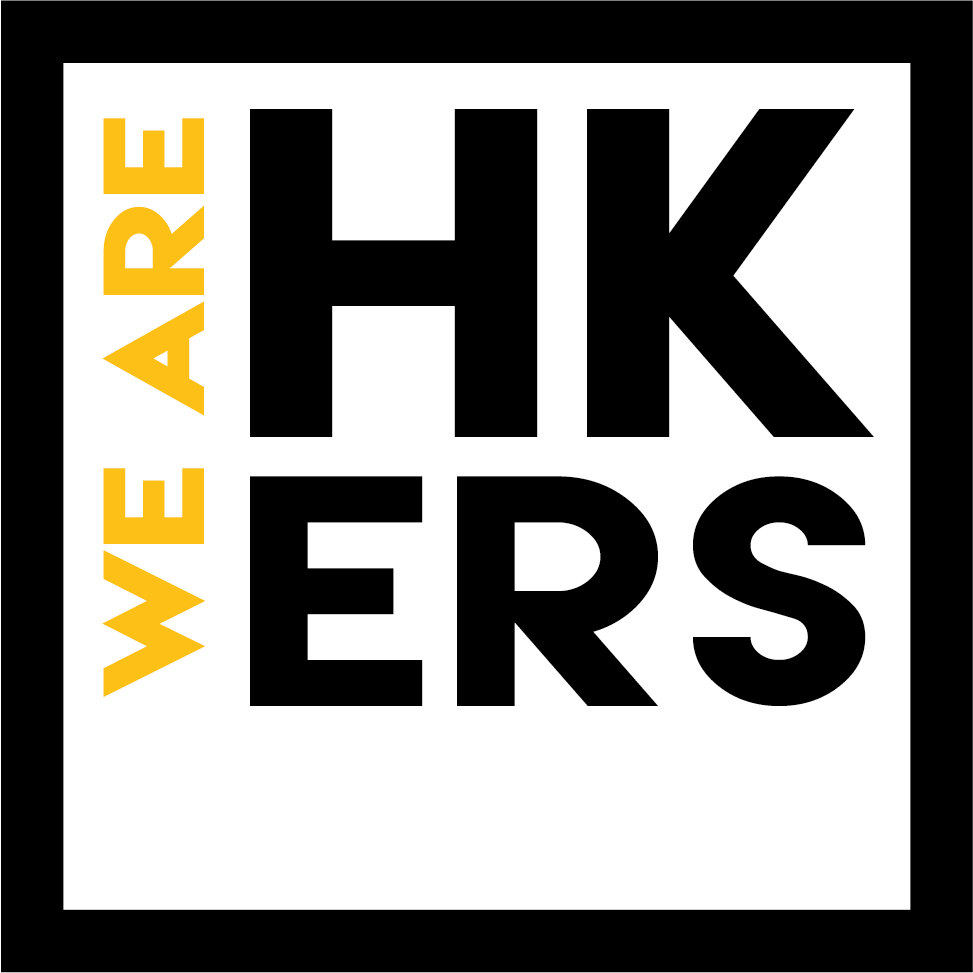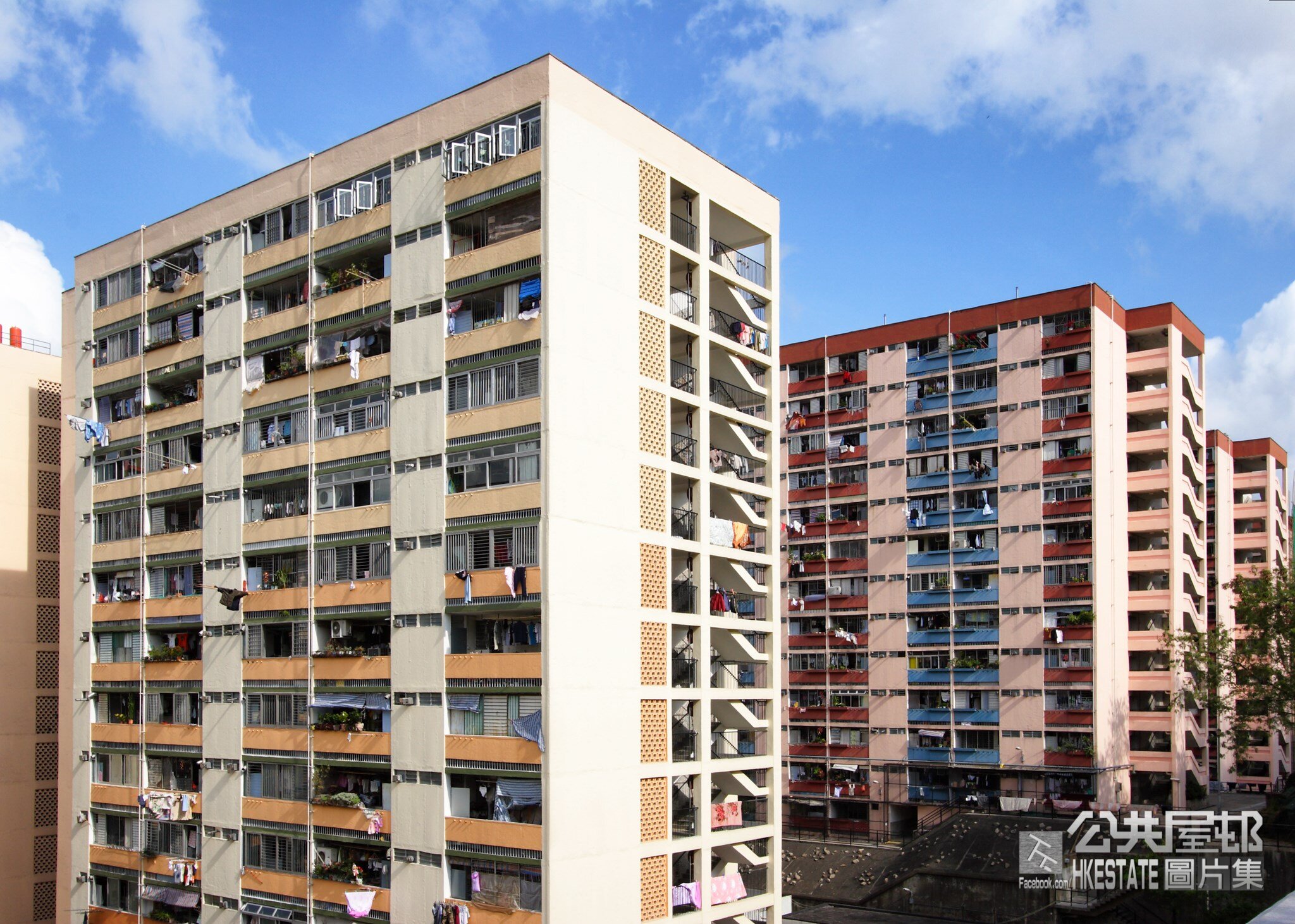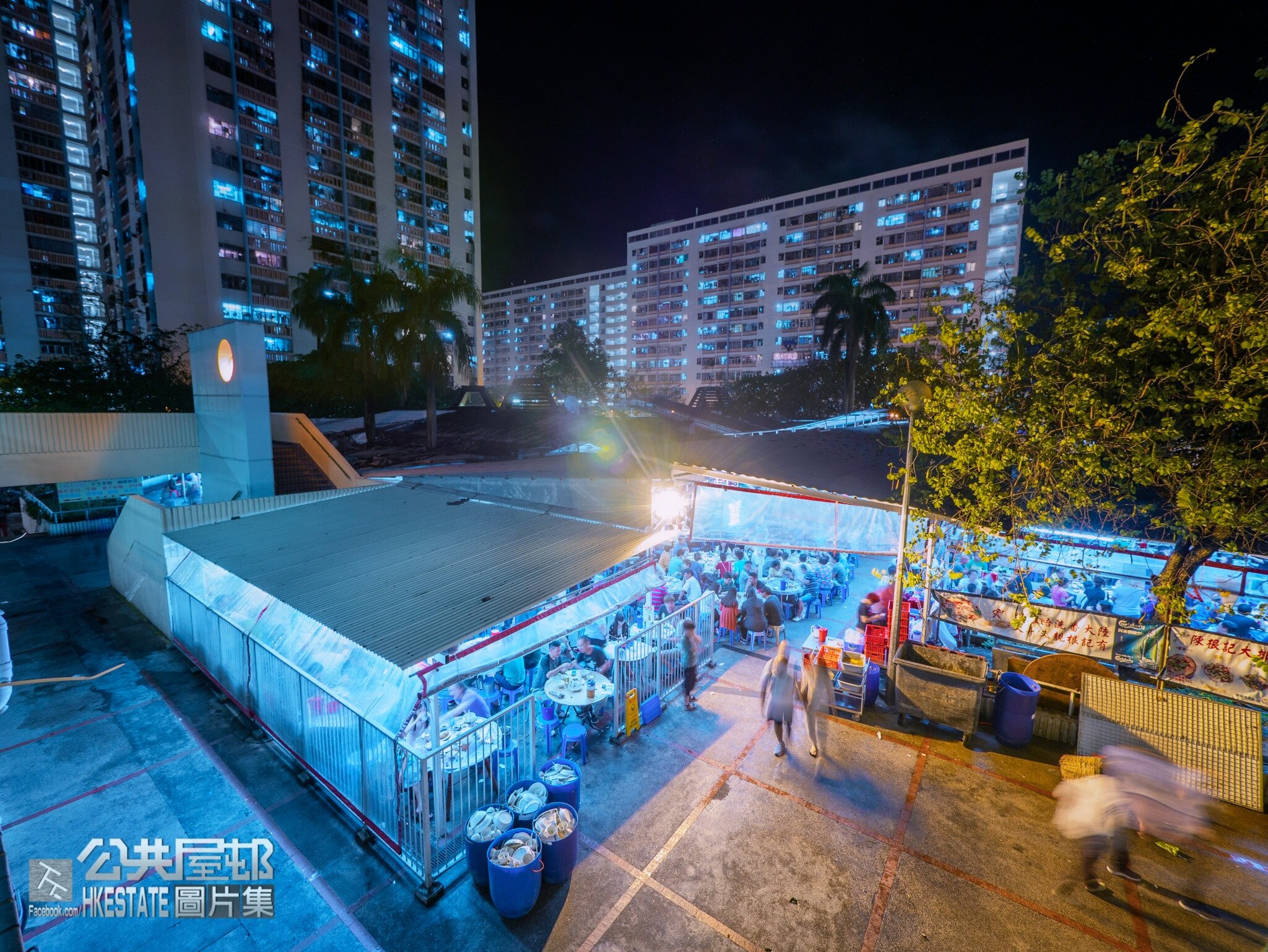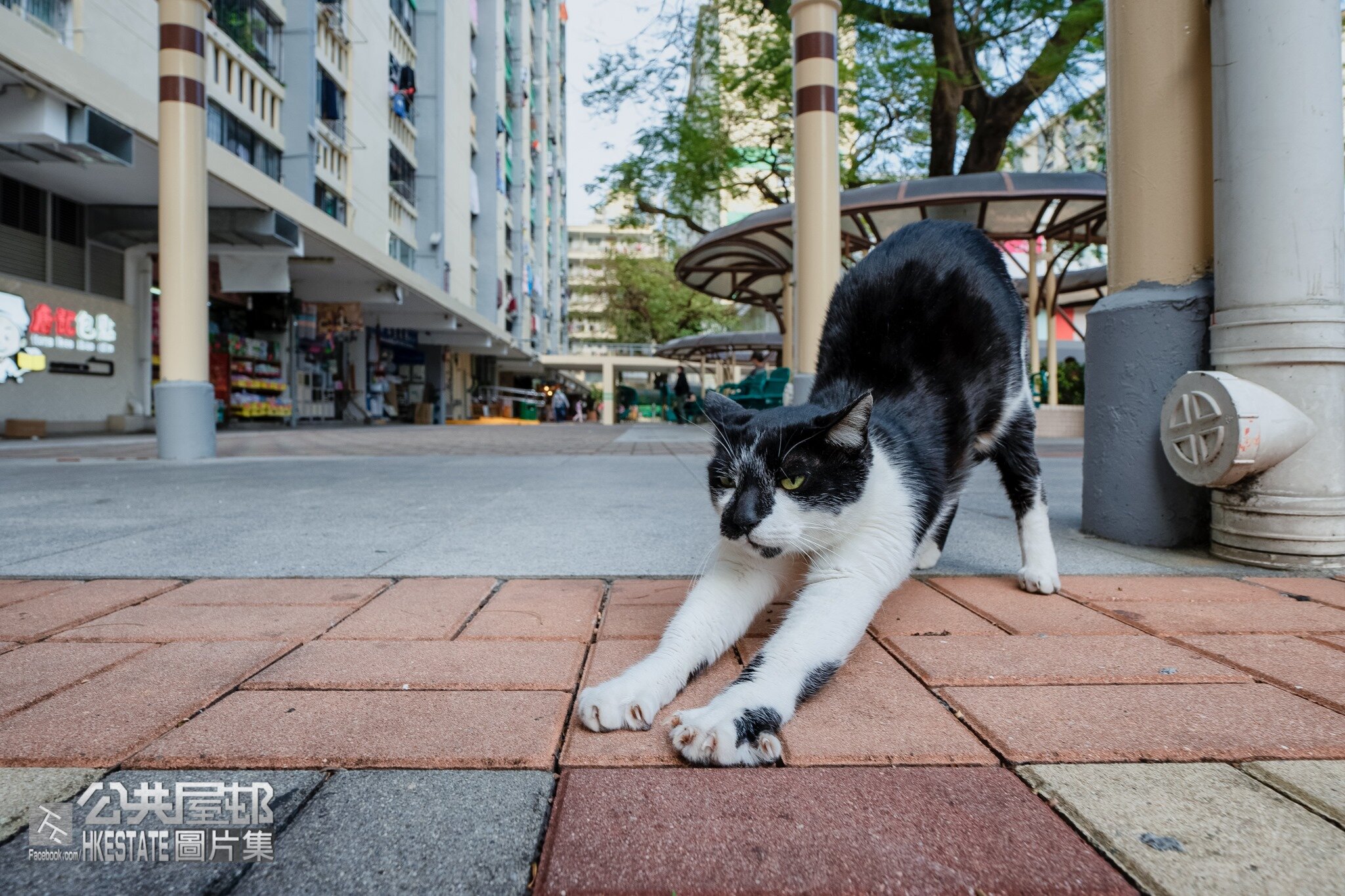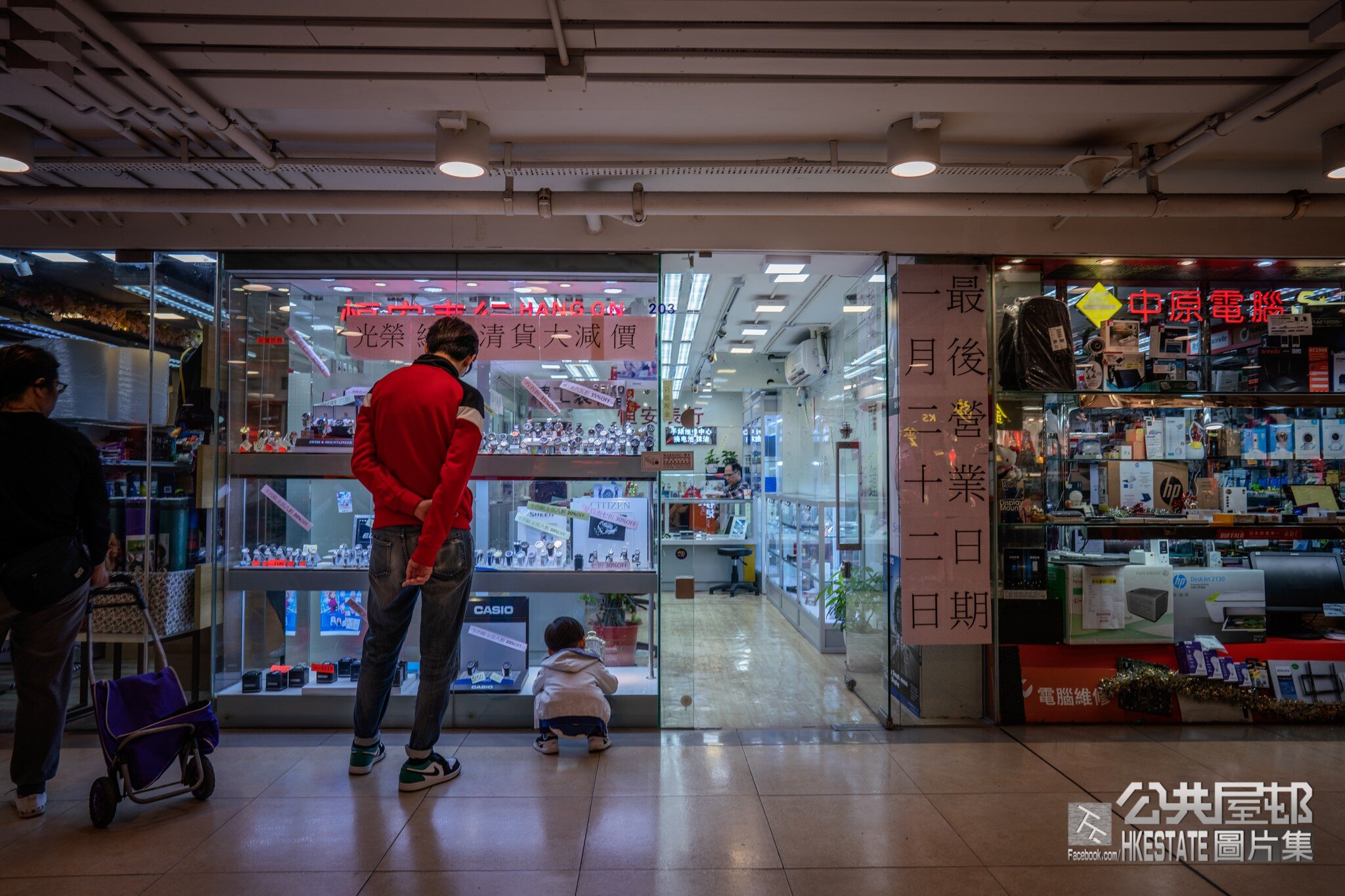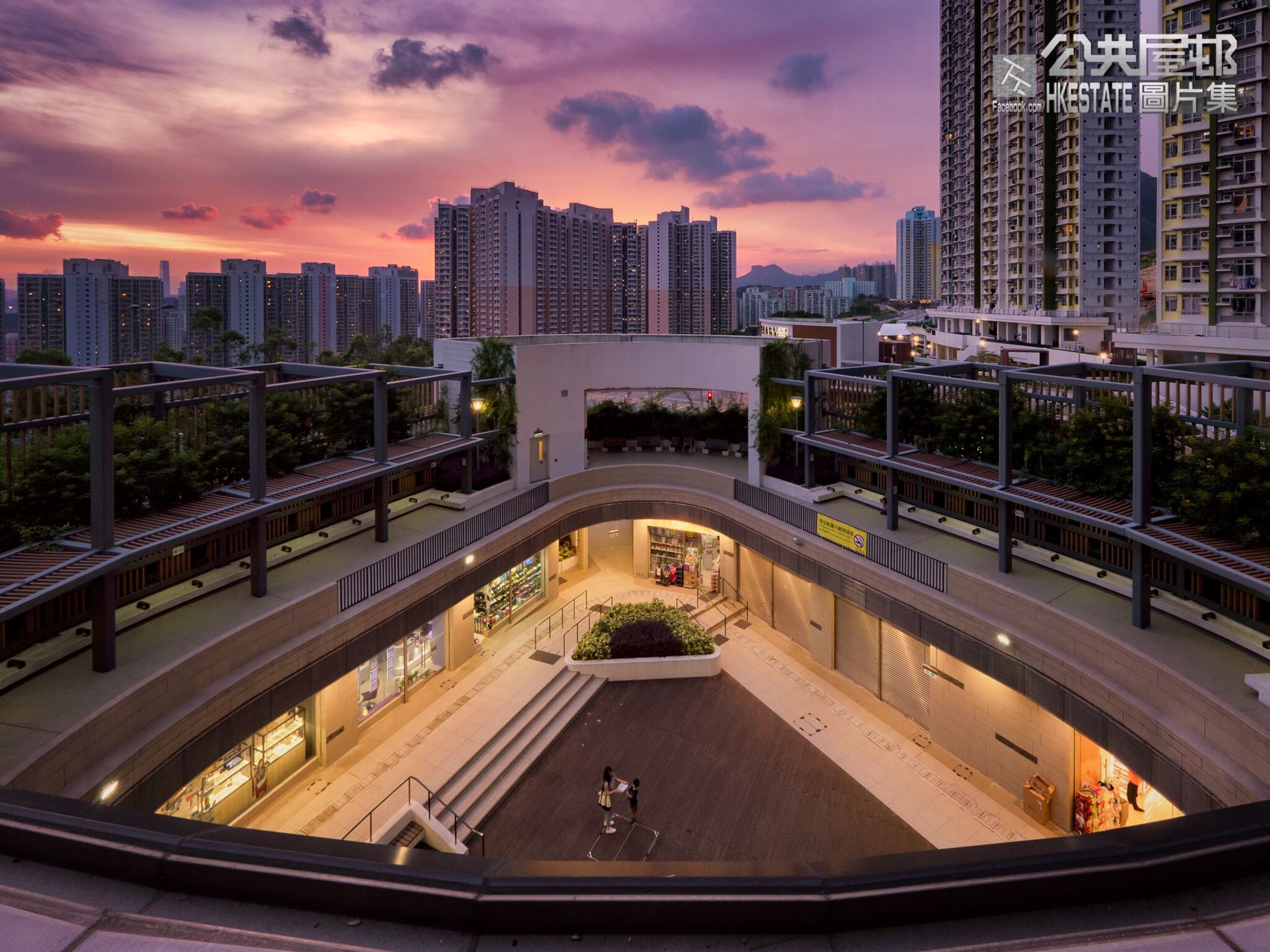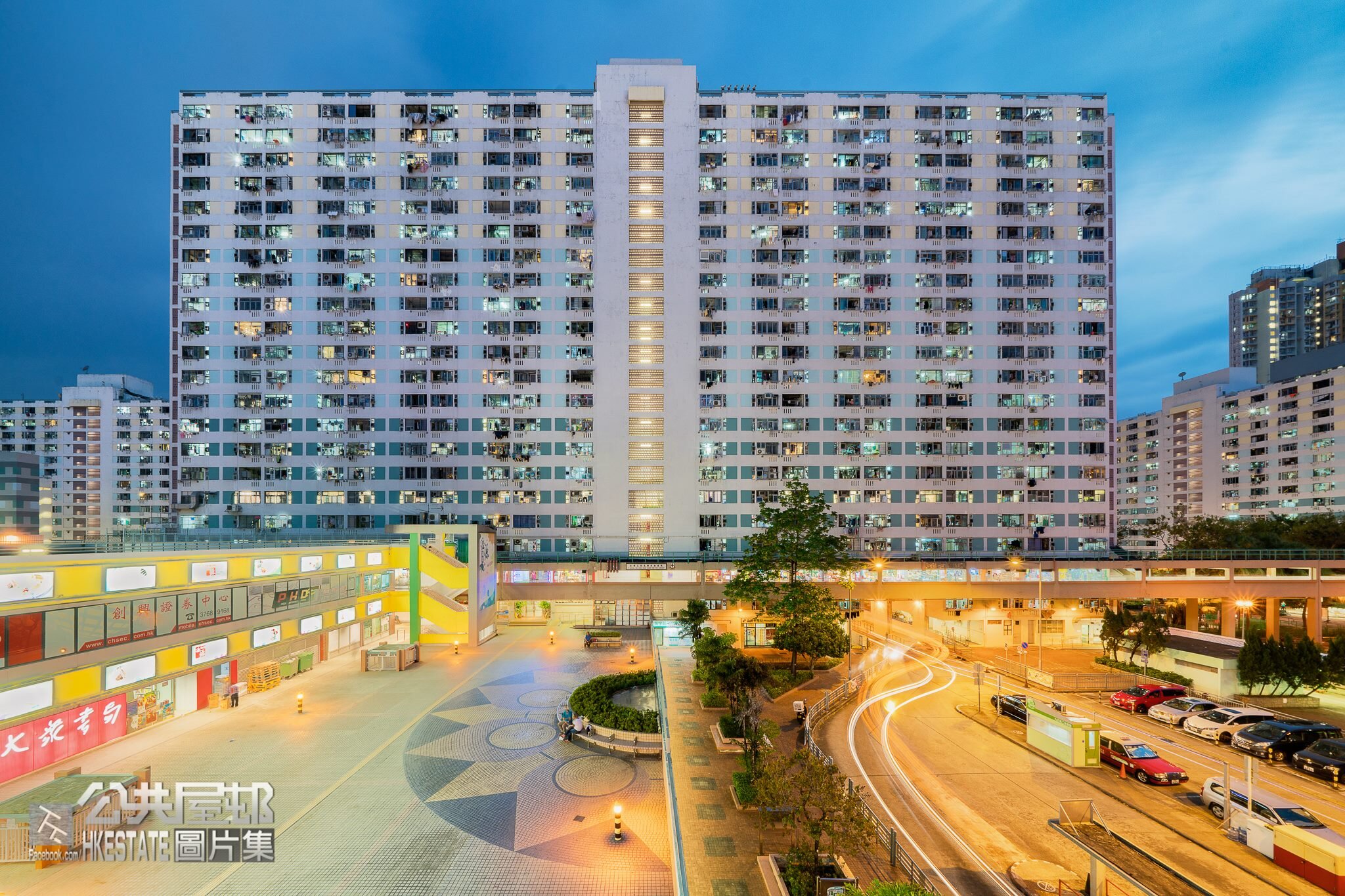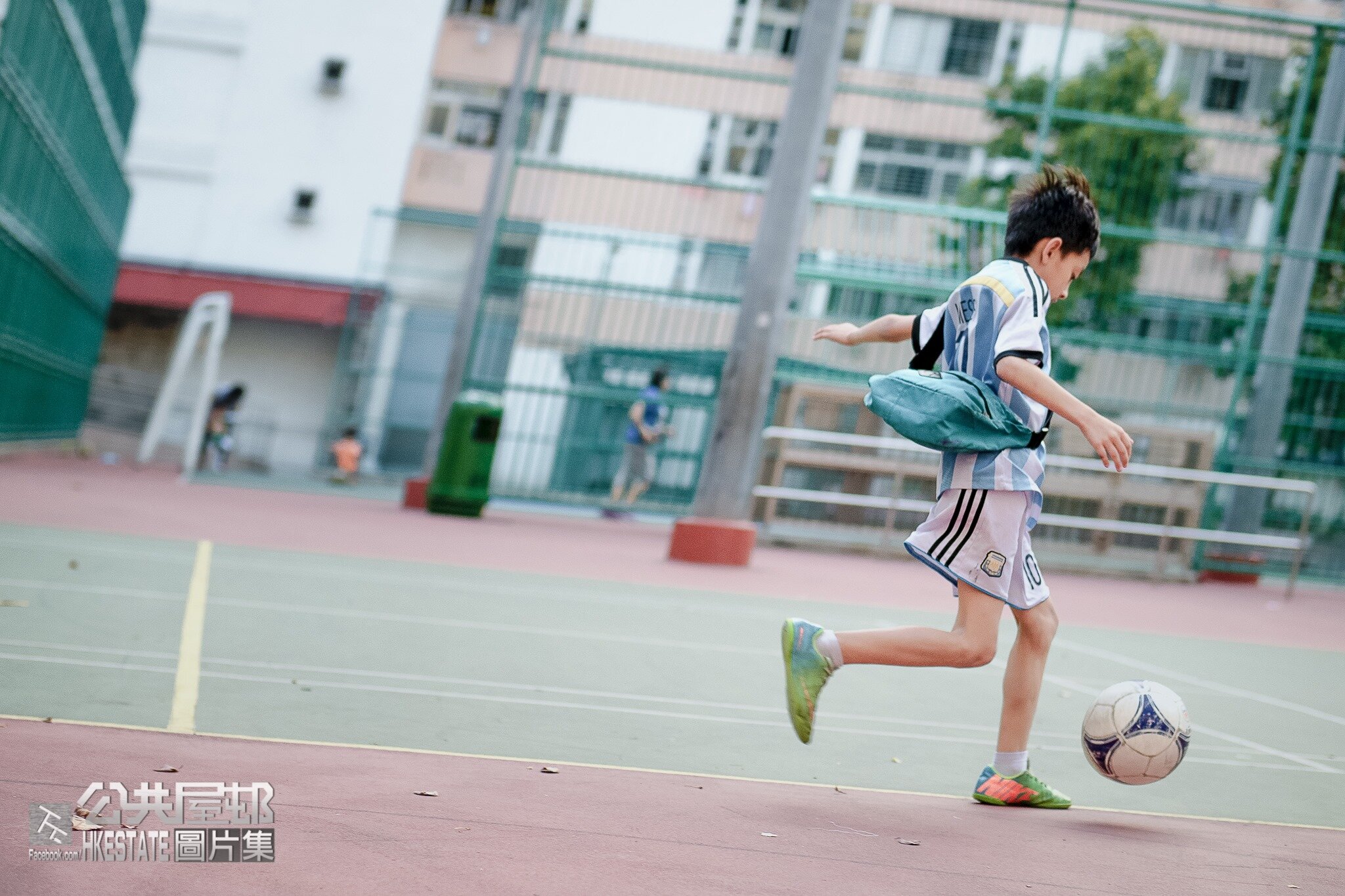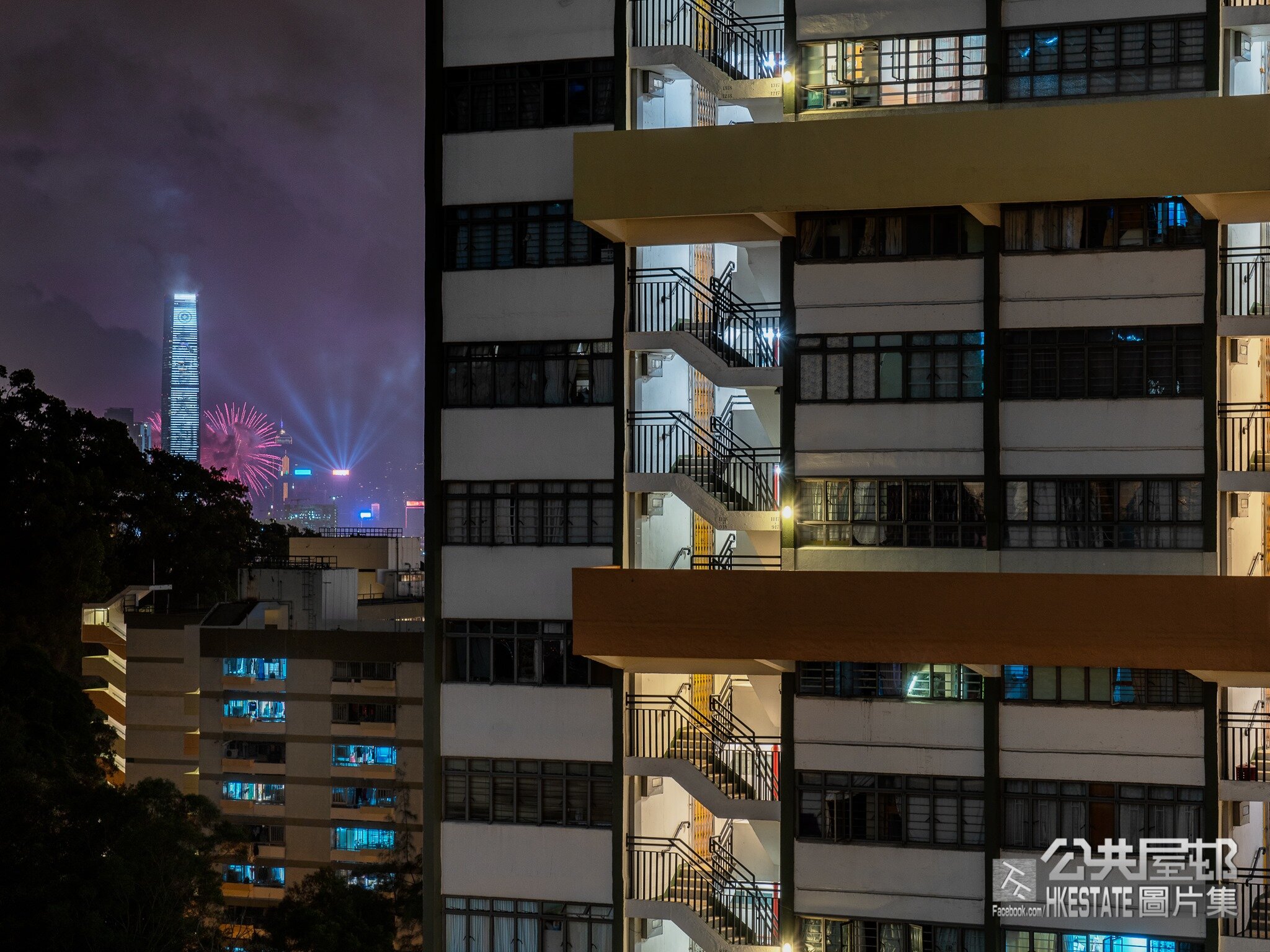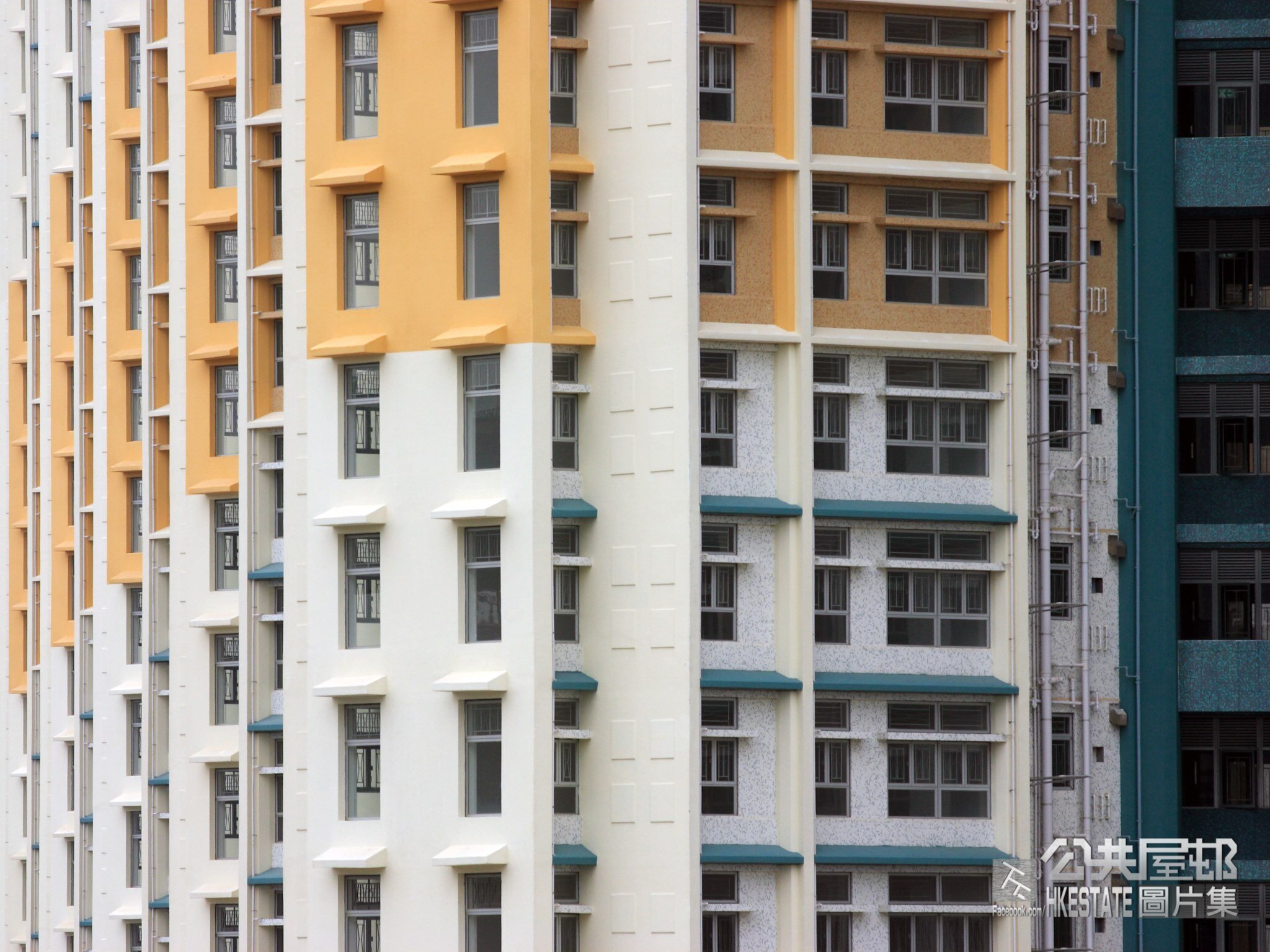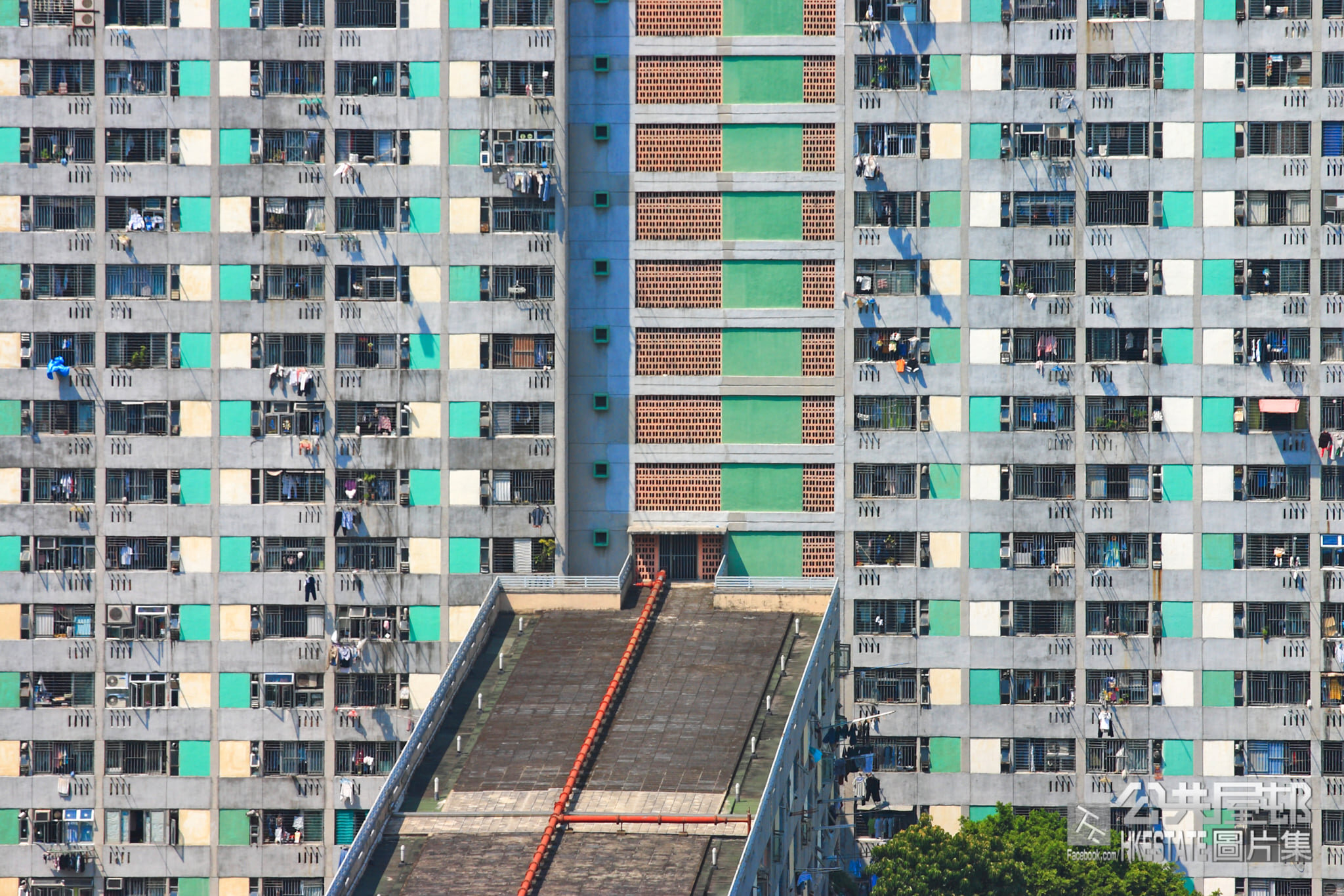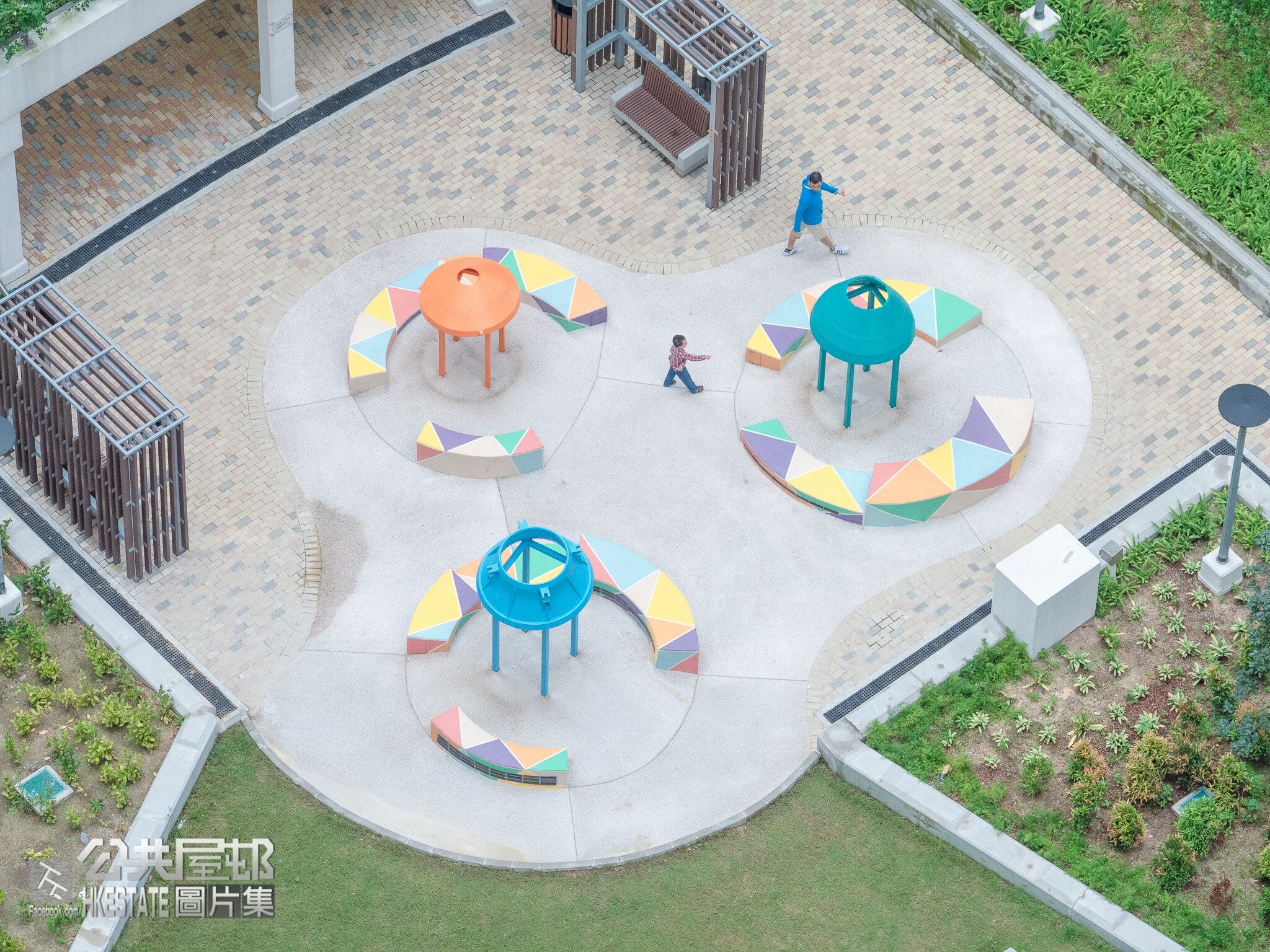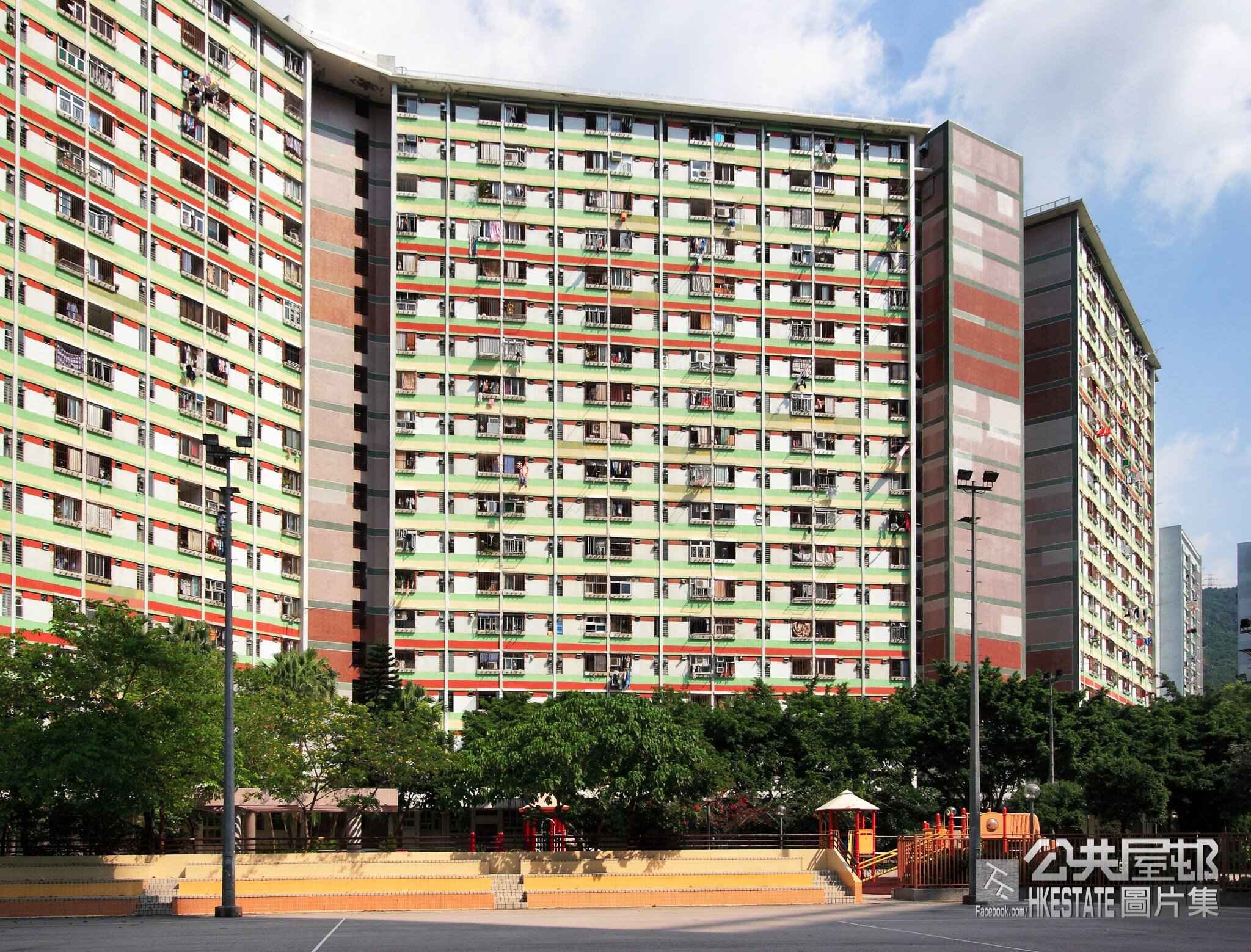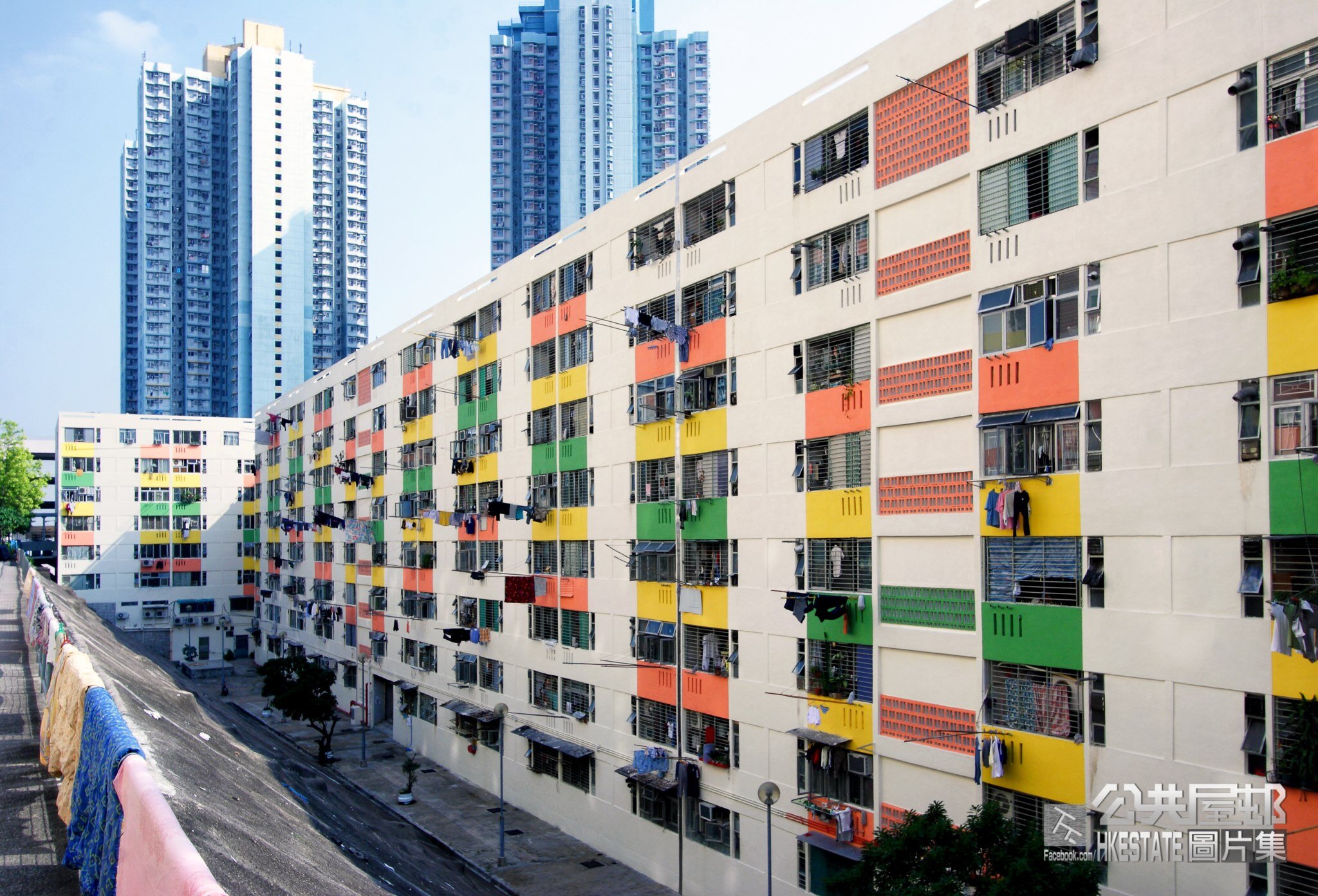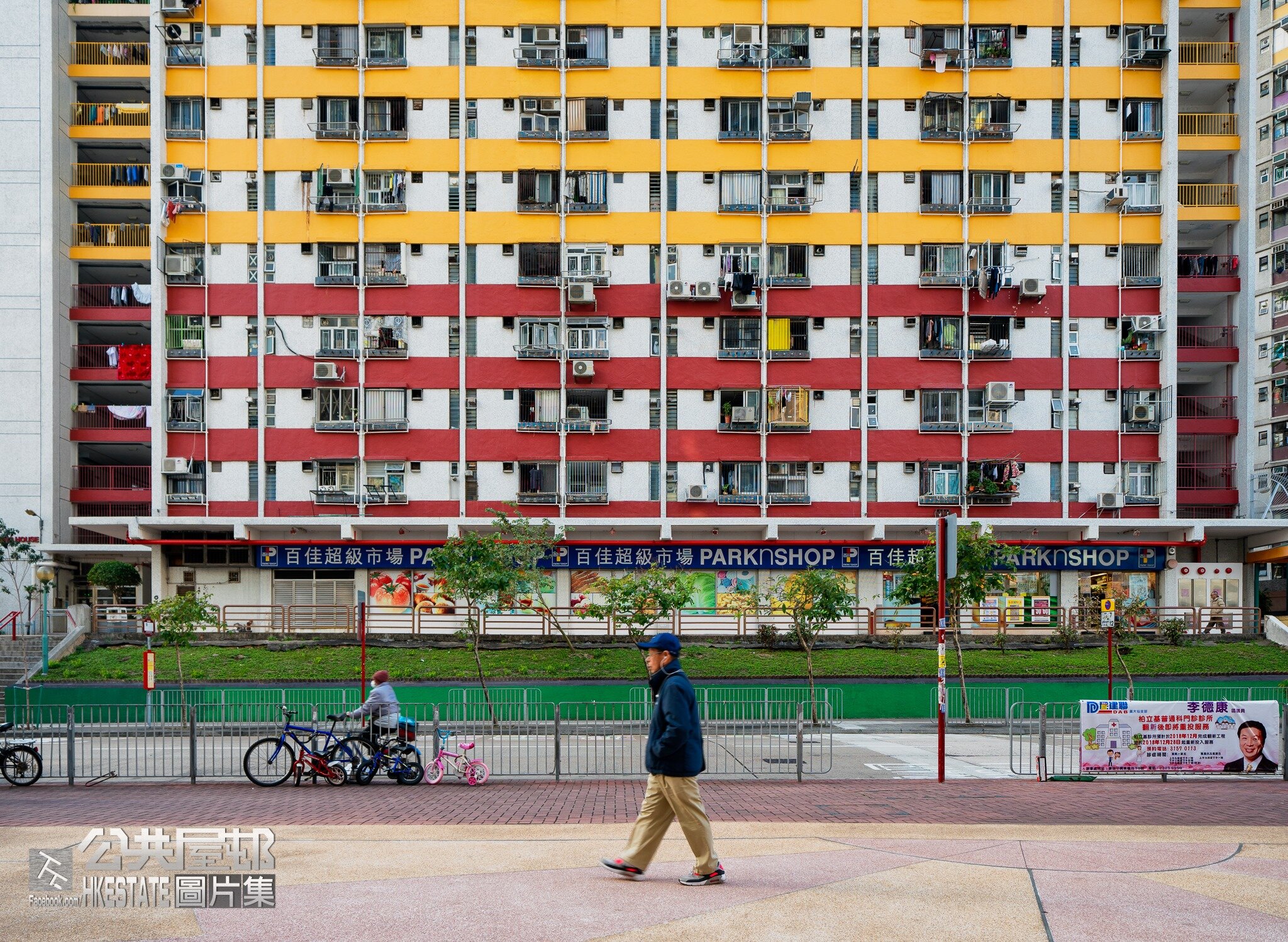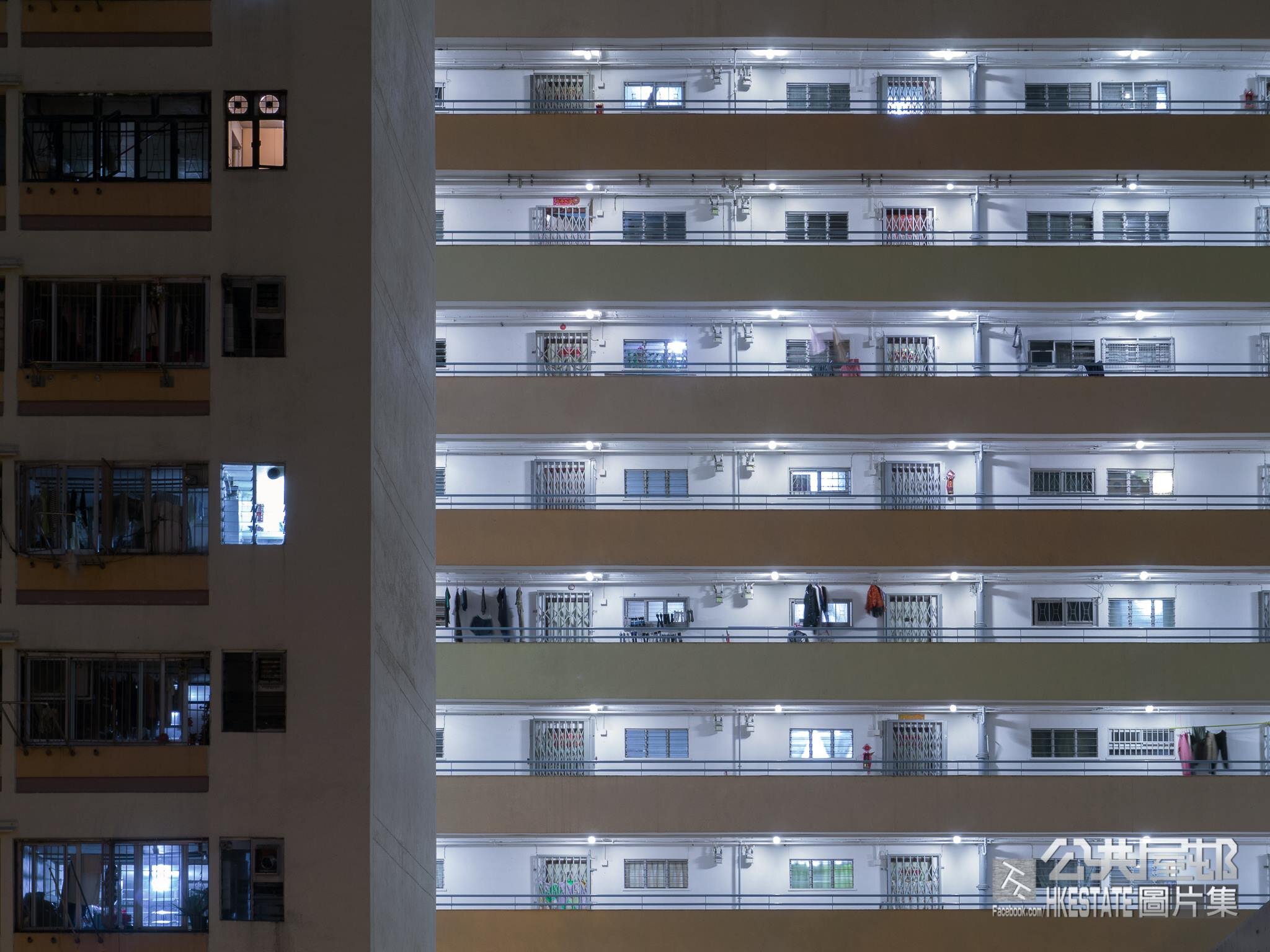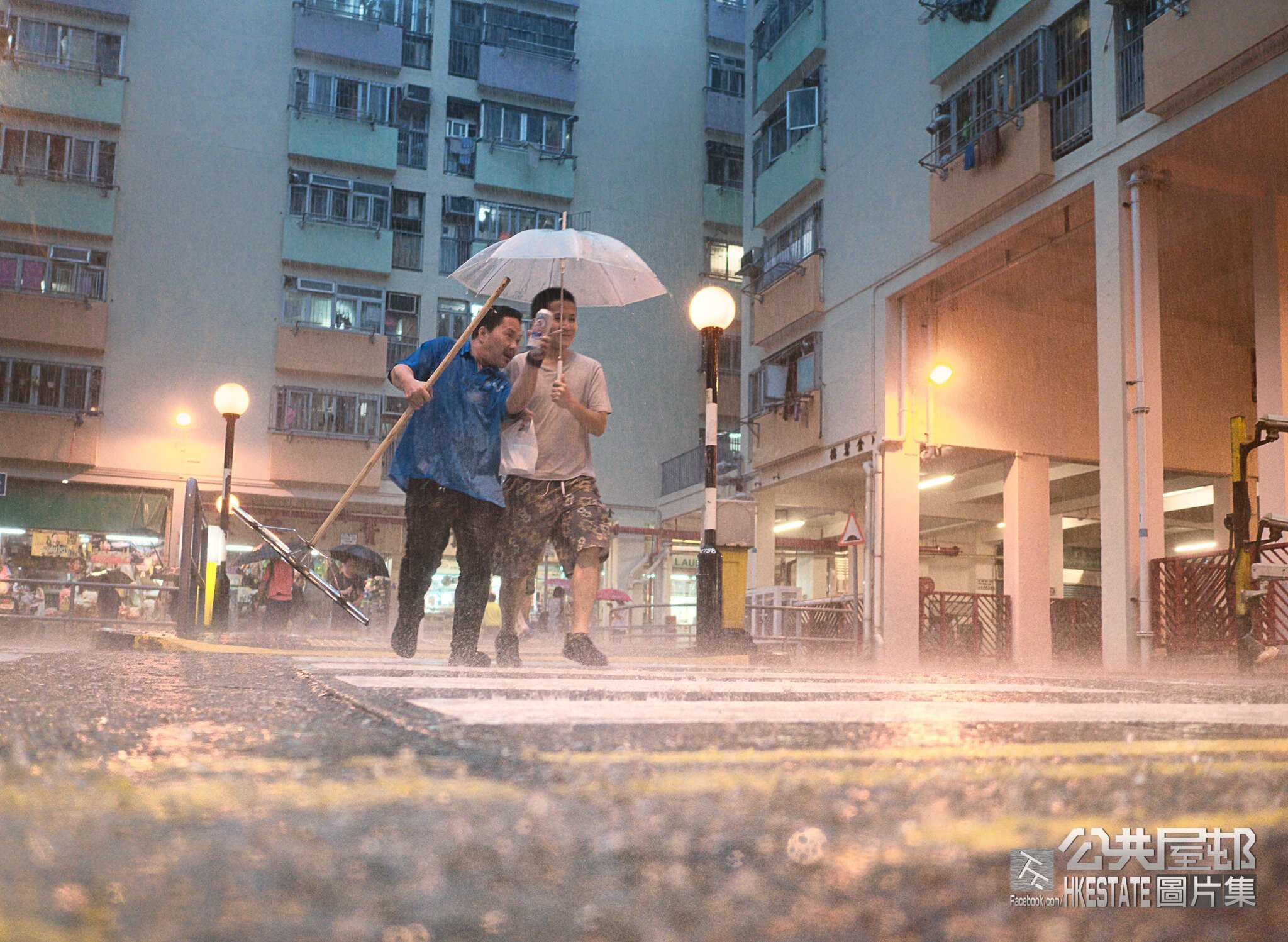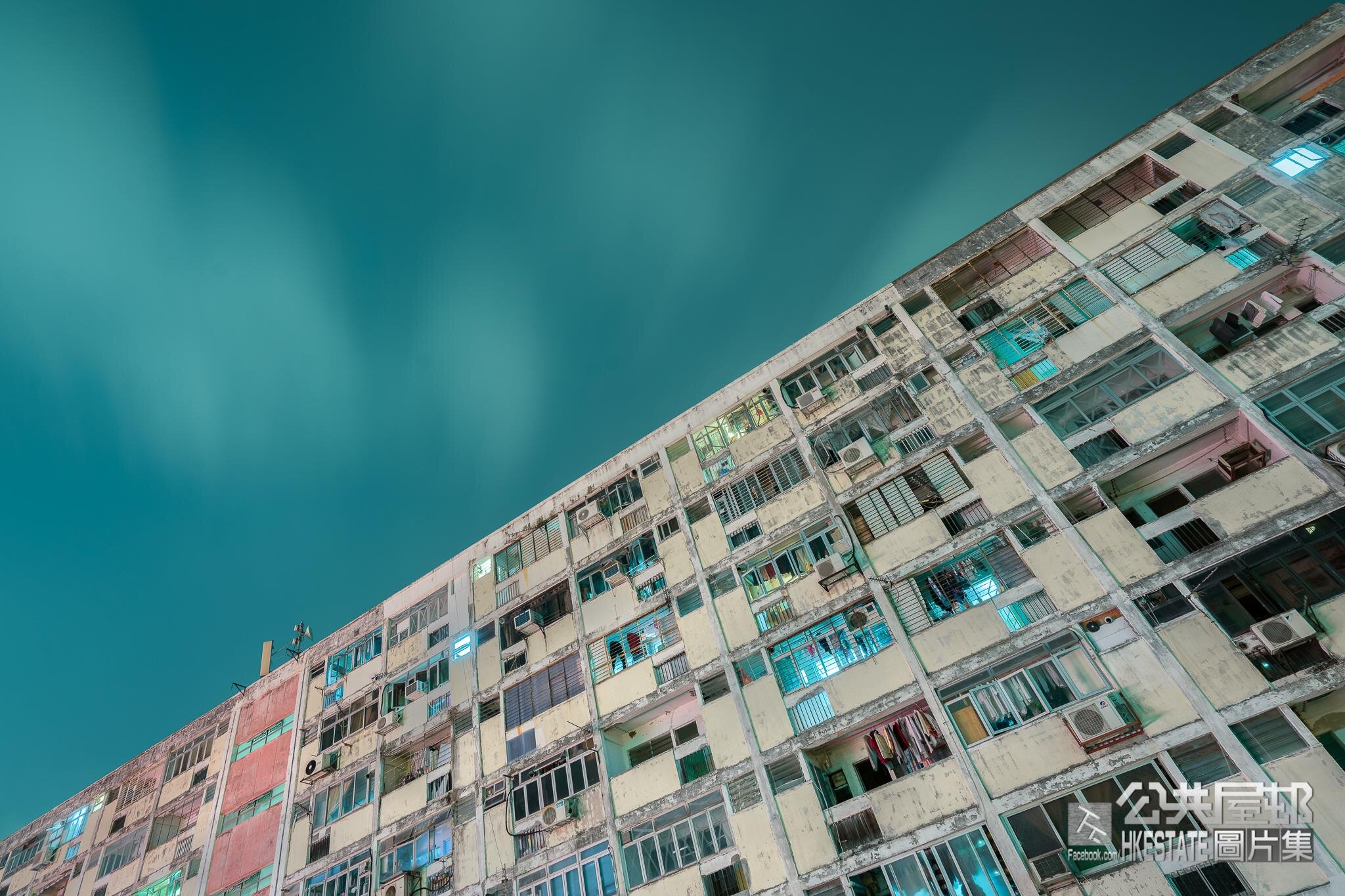【Video】William Leung | The reality of the community through a public housing photographer’s lens
William is a fan of public housing who grew up there in the 80s. For over 20 years, he has visited the 200-some public housing estates in Hong Kong, documenting their change through his camera lens. He exhibits his work through his Facebook page “Hong Kong Public Housing Image Collection.” His photography has also been published as a book, titled Across Villages: A Kind of Housing Sentiment. His photography has received numerous prestigious awards, including an Honorable Mention from the People category of National Geographic’s 2019 Photo Contest.
“When I am shooting in public housing estates, I often don’t purposefully start conversations with community members. I hope to be as invisible as I can as I work, trying my best not to disturb the lives of the residents there. I think it’s more important for my photography to go with the flow to reveal the humanity and reality of the community. ”
Journalist: Nata
Translator: Pita Chips
Photos: Crazy Man, 香港公共屋邨圖片集 Hong Kong Estate Gallery
Videographer: JM、Kwankung、Crazy Man
Video Editor: Tim
In 1999, this (Jockey Club Creative Arts Centre) was still Shek Kip Mei Factory Estate. At the time, a landslide occured right around where Garden Hill is now. People who lived at the foot of the hill in Shek Kip Mei Estate had to evacuate as a result. I remember coming here with several secondary school classmates, taking with me my father’s point and shoot camera. To this day, I can still vividly picture how I stood in the hallway photographing how the landslide had almost demolished Shek Kip Mei Estate on the opposing slope.
Twenty years ago, Shek Kip Mei Estate was a 7-story building. Today, after rebuilding, it is now 40-stories high.
I started photographing public housing estates because I hoped to document architecture that was about to be demolished. I paid attention to the shape, lines, geometry, and colors of these buildings, capturing the visual aesthetics of how the architecture uses space. I have since tried to capture more shots of how people interact with architecture, as they are the soul of the place. I put myself in the shoes of the residents to photograph everyday life from their perspectives.
Public Housing Photography is Full of Uncertainty
I used to approach photography with a more carefree attitude: whether it was a sunny or rainy day, I would take my camera out and see what I would encounter based on serendipity. Now, I will often plan out in my head the kinds of scenes I hope to capture, prepare myself mentally, and then purposefully go in search of those particular images. For example, if I am shooting Shek Kip Mei Estate on a sunny day, I would first imagine a scene in which residents are hanging their clothes to dry on the public patio. I will then wait for the “magic moment.” Even though the ideal image in my brain does not always materialize, and the shoot may not go as planned, I deeply enjoy the uncertainty that demands spontaneous adjustments.
Once I was shooting on a rainy day in Choi Hung Estate. Everyone was hiding from the rain, except for an old woman in tattered clothes. She was sitting to the side eating a loaf of bread on her own. I was about to capture this rather desolate scene when several sparrows landed next to her feet—it turned out that she had taken some bread to feed the birds. Later on, I returned to the same spot and saw the same old woman there once again feeding birds.
That was the first time I encountered this woman. While the moment I captured on camera seemed like a flash in time, she might be repeating that very same act every single day. From my perspective, she looked lonely, but she might indeed very much enjoy her time with the birds. This kind of relationship is very subtle.
When I am shooting in public housing estates, I often don’t purposefully start conversations with community members. I hope to be as invisible as I can as I work, trying my best not to disturb the lives of the residents there. For example, I won’t ask a resident to arrange their clothes a particular way when I see them hanging on a clothesline, even though that would result in a more beautiful composition. I think it’s more important for my photography to go with the flow to reveal the humanity and reality of the community.
Understanding Urban Planning through Changes in Public Housing
From shooting on film to using a digital camera, the cost of photography has gone down significantly. As a result, I have taken more and more pictures. To me, photography is about documenting change. My attitude towards photography, hence, also changes along with society.
I’ve felt differently about public housing at different stages of my life. In middle school, I was enamored with the traditional housing estates that were composed of neat rectangular lines. Even though it was not glamorous, the architecture was functional and full of thoughtful details. I was deeply drawn by those characteristics, especially those step-like estates on the hill like Kwai Shing West Estate and Pak Tin Estate.
People who lived in public housing in the 70s and 80s seemed happier than people now. Their neighborly relationships were more intimate. I believe that was because there were not as many restrictions back then. There was more flexibility in how people could make use of public spaces. Old public housing estates often had a large plot of empty space which residents used in all kinds of ways. Although the planning for new housing estates has been comprehensive including flower beds, gazebos and basketball courts, it demarcates the space so much that it becomes too restrictive for the users, thus taking away the much-desired flexibility.
Because we now emphasize standardization and consistency, new housing estates all look like they come from the same mold. Old housing estates comparatively had a lot more variations in design. For example, the old So Uk Estate consisted of six to seven unique designs. As I am after architectural aesthetics, that was more attractive to me.
Photography is a solitary activity. Taking pictures of public housing alone for so long can close a person off. To prevent that, I set up a Facebook page to interact with my audience. Their messages have given me more motivation to continue.
“I am William Leung, I am a HKer.”
Support our Journalism with a Contribution
Many people might not know this, but despite our large team of contributors, which we are immensely grateful for, We Are HKers is still a small bootstrapped group that runs on no outside funding and loans. Everything you see today is built on the backs of warriors who have sacrificed opportunities, time, meals and sleep to help give HKers all over the world a voice and keep our culture alive.
However, we still face many trials in the running of our platform, from finding the necessary equipment for our video interviews, to subscribing to the necessary tools to facilitate our remote work process of our global team, to trying not to get fired from our main jobs as we run this project secretly in the background, and to keeping our platform running and storing our files securely.
We hope you consider making a contribution, so we can continue to provide you with moving stories of HKers all over the world and keep our heritage and culture alive. Even a £1 contribution goes a long way. Thank you for everyone’s support. We love you all and can’t appreciate you guys enough.
**Please note that your support of We Are HKers Ltd. does NOT constitute a charitable donation. We really appreciate your support in independent journalism. If you have any questions about contributing to We Are HKers, please contact us here.
- February 2022
- December 2021
- August 2021
- May 2021
- April 2021
- March 2021
- February 2021
- January 2021
- December 2020
- November 2020
- October 2020
- September 2020
- August 2020
- July 2020
- June 2020
- May 2020
- April 2020
- March 2020
- February 2020
- January 2020
- December 2019
- November 2019
- October 2019
- September 2019
- July 2019
- June 2019
